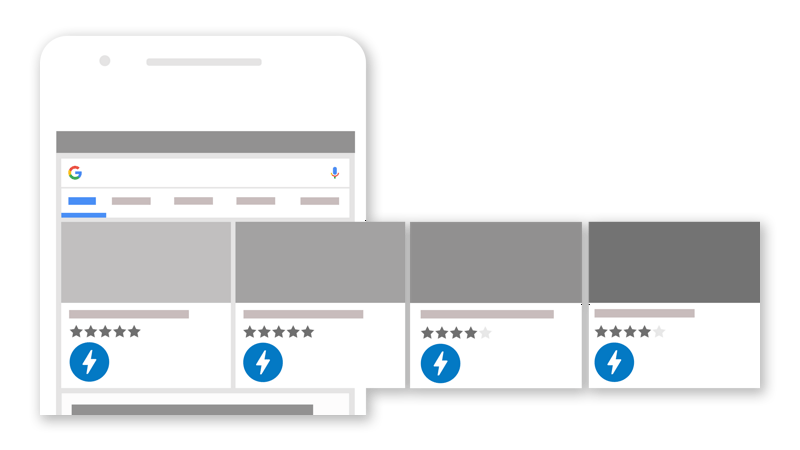
Google is the web's largest entity, and this is why it participates in numerous projects, including having its own, which aim to improve the place it is conducting its business.
One of them, is the Accelerated Mobile Pages (AMP) project, which promises faster pages on mobile. Following discussions with its partners in the Digital News Initiative (DNI), and other news publishers and technology companies around the world, about improving the performance of the mobile web, many collaborated with the project.
The AMP project was promising, and Google was so confident that it even reserved some top spots on Google Search results pages for AMP-powered websites.
But things go south from there on.
The project experienced difficulties in gaining further tractions, and started annoying developers and web designers due to its structure that make life complicated for them.
Then finally in 2021, five years after first showing the AMP lightning bolt next to search results to denote how fast they're supposed to be, Google has stopped drawing this distinction between AMP and regular pages in Google Search.
The change that is slowly rolling out to all Google Search users around the world, is predicted.
Earlier this 2021, Google announced that would no longer force web developers to create AMP pages to rank better in search.
At the time, Google teased “other ways to help identify content with a great page experience.”
Since then, regular websites which are not made with AMP, started to show up in the news carousel, a section on Google Search which was previously reserved for AMP sites only.
"We're expanding the usage of non-AMP content to power the core experience on news.google.com and in the Google News app," said Google.
With Google finally deemphasizing AMP, users won't find any lightning icon anywhere in Search nor in Google News, where it used to be prominent.

Overall, this change is much overdue.
Besides users of the web in general, practically nobody who works as web developer or web designer really like AMP.
While AMP may have helped some smaller publications to create better mobile experiences, AMP sites come with many limitations that make them very difficult to deal with.
For example, it may break the design of a site, makes it harder for people to copy and share the true URL of a web page, preventing embedded interactive elements of website to show up properly, and more.
As Google's infrastructure improves and the technologies underlying the World Wide Wide are also maturing, and so do the abilities of Internet Service Providers around the world, websites in general can perform better and better, and load faster than ever before.
This happens because download speeds in general are improving around the world, as internet is becoming more reliable and connection becomes a lot more stable.
Google has nothing to lose, even if it continues to maintain AMP as it is.
But seeing that its reception isn't as good as it hoped for, and realizing that the web has become speedier even without it, it's wiser for Google to spend its resources to promote the usage of better performing HTML and JavaScript technologies.